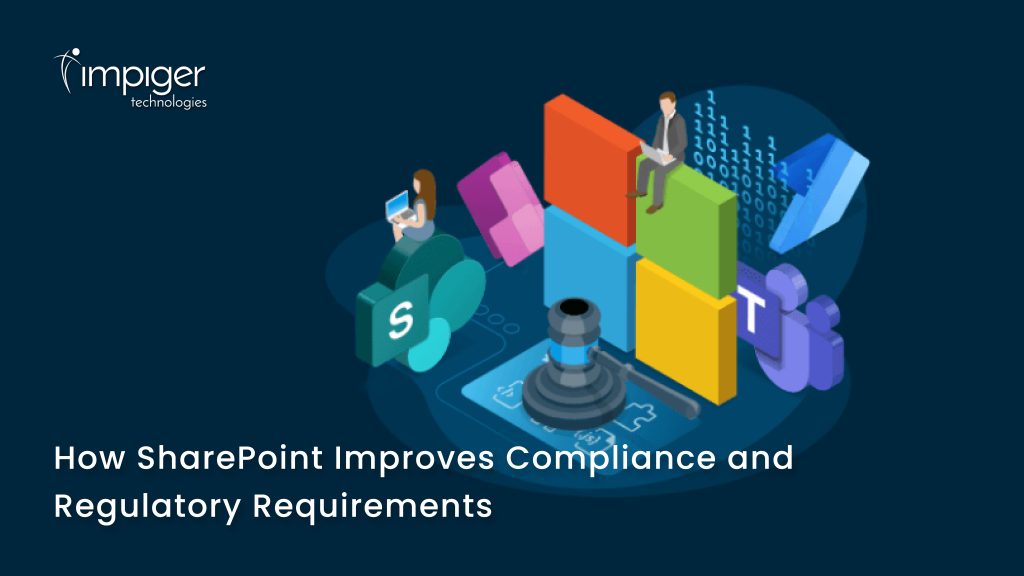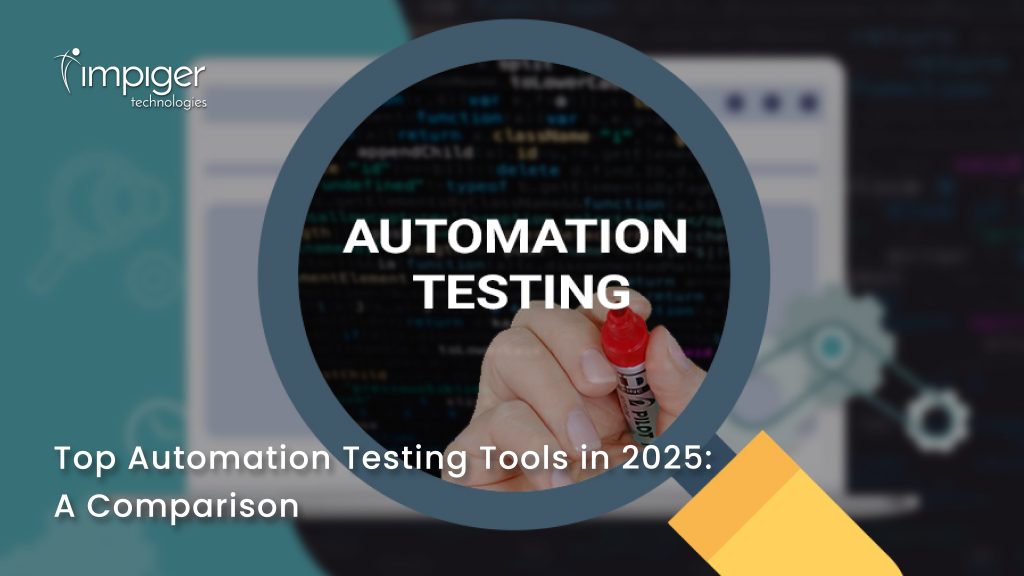Introduction
Inventory management is a constant balancing act. Holding too much stock ties up capital and risks obsolescence, while insufficient inventory leads to stockouts and lost sales. But what if there was a way to achieve the perfect balance?
Supplier portal integration offers a powerful solution for optimizing inventory management. By connecting your internal systems with a secure online platform used by your suppliers, you can create a real-time, collaborative approach to managing stock levels. Here’s how:
Enhanced Visibility and Control
- Real-time Inventory Data: Supplier portals provide instant access to inventory levels across your supply chain. This eliminates the need for manual inquiries and guesswork, allowing you to anticipate stock fluctuations and adjust your orders accordingly. With accurate, up-to-date information, you can make more informed decisions about purchasing and inventory management.
- Demand Forecasting: Integration facilitates seamless data sharing, enabling you to share sales forecasts with suppliers. This allows them to plan production and adjust their own inventory levels to meet your needs, minimizing the risk of stockouts. Accurate forecasting and planning ensure that you always have the right amount of stock at the right time.
- Improved Lead Time Management: Supplier portals streamline communication, allowing for earlier notification of potential delays or disruptions. This gives you time to adjust your ordering patterns and avoid stockouts, ensuring a smoother and more reliable supply chain.
Streamlined Ordering and Replenishment
- Automated Reordering: By setting pre-defined reorder points within the portal, you can automate the ordering process. When inventory dips below a certain level, an automatic purchase order is sent to the supplier, ensuring timely replenishment. This reduces the risk of human error and ensures consistent stock levels.
- Reduced Manual Processes: Supplier portals eliminate the need for manual order creation and data entry. This reduces errors and saves your team valuable time, allowing them to focus on more strategic tasks. Automation streamlines operations and enhances overall efficiency.
- Improved Communication: The portal acts as a central hub for communication regarding orders, deliveries, and any stock-related issues. This ensures clarity and minimizes confusion, leading to smoother inventory management. Enhanced communication channels facilitate quicker issue resolution and better coordination.
Enhanced Collaboration and Risk Mitigation
- Collaborative Planning: Supplier portals foster collaboration, allowing you to work with suppliers to develop optimized inventory strategies. This can involve joint forecasting, safety stock planning, and exploring alternative sourcing options. Collaborative planning ensures that both parties are aligned and can respond effectively to changing market conditions.
- Proactive Risk Management: Real-time data sharing facilitates risk identification. If a supplier encounters production delays or raw material shortages, you’ll be notified earlier, enabling you to find alternative solutions and minimize disruptions. Proactive risk management ensures continuity and resilience in your supply chain.
- Improved Supplier Relationships: Supplier portal integration demonstrates trust and transparency, fostering stronger relationships with your vendors. This can lead to improved communication, faster issue resolution, and potentially better pricing. Strong supplier relationships are crucial for long-term success and stability.
Benefits Beyond Inventory Management
- Reduced Costs: Improved inventory management minimizes the risk of overstocking and understocking, leading to reduced carrying costs and lost sales opportunities. Efficient inventory control translates to significant cost savings and improved profitability.
- Increased Efficiency: Automation and streamlined processes free up valuable time and resources for your team, allowing them to focus on other strategic initiatives. Enhanced efficiency drives productivity and supports business growth.
- Improved Customer Satisfaction: By ensuring consistent stock availability, you can minimize stockouts and fulfill customer orders more efficiently, leading to higher customer satisfaction. Happy customers are more likely to return and recommend your business, driving long-term success.
Final thoughts
Supplier portal integration is a game-changer for inventory management. It fosters collaboration, boosts visibility, and streamlines processes, leading to a more efficient, cost-effective, and customer-centric supply chain. Ready to take control of your inventory? Consider implementing a supplier portal and unlock the potential for optimized stock management and a more resilient supply chain.
Blog Reviewed by Kumaresan Selvaraj











